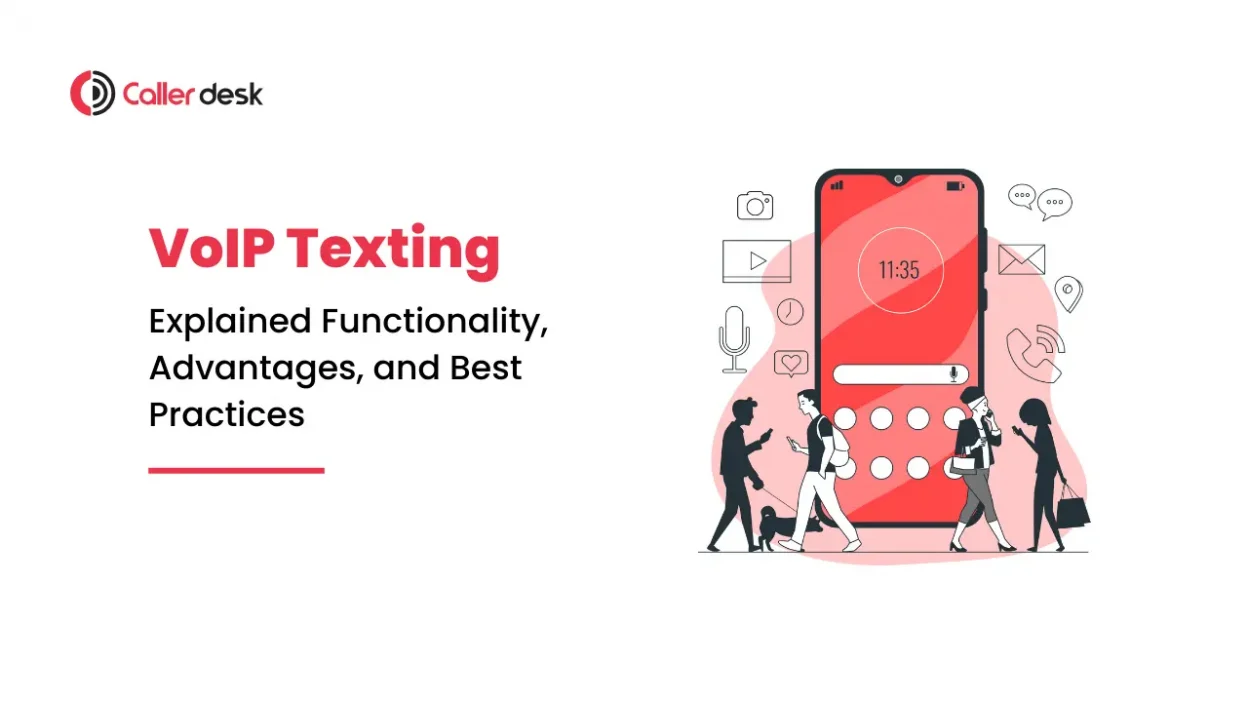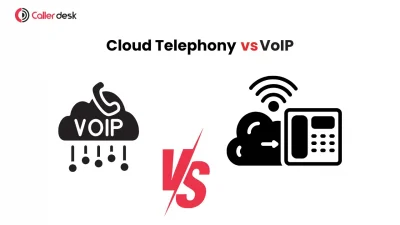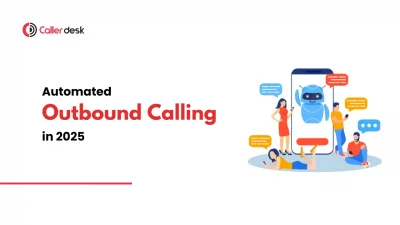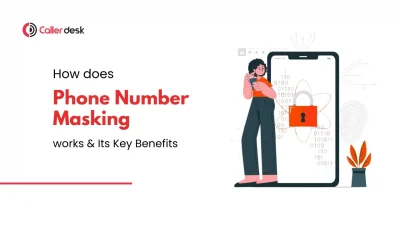Texting is one of the fastest ways to communicate. But have you ever wondered if you can send and receive text messages using a VoIP number?
The answer is yes!
Businesses and individuals are switching to VoIP texting because it’s cheaper, more flexible, and packed with advanced features. Unlike traditional SMS, VoIP text messaging works over the internet, meaning you can send texts from your phone, laptop, or even a tablet—without needing a SIM card.
But how does VoIP with texting work? What are the benefits? And how can you use it effectively?
Let’s explore it.
What Is VoIP Texting and How Does It Work?
Traditional SMS messages are sent through a mobile network, requiring a phone number linked to a SIM card.
VoIP texting is different.
Instead of relying on a phone network, VoIP text messages are sent over the internet. This means you can text using a VoIP number, just like you would with a regular phone number-but without being tied to a mobile carrier.
Here’s how it works:
- You type a message using a VoIP app or service.
- The message is converted into digital data packets and sent over the internet.
- The recipient gets the message as a VoIP text (if they use VoIP) or as a regular SMS (if the provider supports it).
- They reply, and the process repeats.
And just like that, you’re texting- without needing a traditional phone line.
Advantages of VoIP Texting for Businesses
Implementing VoIP texting in your business offers several significant benefits:
1. Saves Money on Text Messaging
Sending SMS through a mobile carrier can be expensive, especially when texting customers in different countries.
With VoIP texting, messages are sent over the internet, which makes it:
- Much cheaper than traditional SMS.
- Affordable for international messaging without extra charges.
- Often included in flat-rate pricing plans, so businesses don’t have to worry about per-message costs.
This is a cost-effective solution for businesses that send frequent messages to customers.
2. You Can Text From Anywhere
Unlike regular texting, which requires a SIM card and mobile network, VoIP texting works on any internet-connected device.
- You can send and receive messages from a phone, tablet, or computer.
- There’s no need for a physical SIM card or a separate business phone.
- As long as you have an internet connection, you can stay connected—even if you’re traveling.
This makes it a great option for remote teams, freelancers, and businesses with multiple locations.
3. More Features Than Regular SMS
VoIP texting isn’t just about sending simple text messages. It offers powerful features that regular SMS doesn’t have:
- Multimedia Messaging (MMS): Send pictures, videos, and documents along with text messages.
- Automation: Set up instant replies for customer support, appointment confirmations, and FAQs.
- Group Messaging: Send texts to multiple contacts at the same time, making team communication easier.
With these extra features, businesses can create more engaging and efficient communication.
4. Better Customer Engagement
People respond faster to texts than emails or phone calls. VoIP texting makes it easy for businesses to:
- Send personalized messages, making customers feel valued.
- Provide instant responses, improving customer service.
- Keep customers updated with promotions, reminders, and order updates.
By using VoIP texting, businesses can build better relationships with customers and increase customer satisfaction.
5. Scalability
Traditional phone systems require extra phone lines and new SIM cards as businesses expand.
With VoIP texting, businesses can:
- Easily add new users and phone numbers without needing new hardware.
- Manage multiple customer conversations from one platform.
- Expand without increasing costs, since VoIP texting doesn’t require extra infrastructure.
Whether you’re a small business or a growing company, VoIP texting allows you to scale up easily.
6. Global Reach
If your business has international customers, VoIP texting can help you:
- Send messages worldwide without expensive SMS fees.
- Use virtual VoIP numbers to create a local presence in different countries.
- Communicate with customers in any location, even if your business is based elsewhere.
This makes it an ideal solution for businesses looking to expand globally.
Best Practices for VoIP Texting
Switching to VoIP text messaging is easy, but getting the most out of it requires the right approach. Here are some proven strategies:
1. Personalize Your Messages
People tend to ignore generic messages. A simple tweak—like using the recipient’s name—can make a big difference.
Instead of:
“Your order is confirmed.”
Try:
“Hi Sarah, your order is confirmed! Expect delivery by Friday.”
Personalized messages feel more engaging and help improve response rates.
2. Use Multimedia to Increase Engagement
Adding images, videos, or clickable links can make messages more effective. Instead of sending just a text, consider:
- Running a promotion? Send a discount flyer.
- Sending appointment reminders? Include a calendar link.
- Providing customer support? Share a step-by-step guide or instructional video.
Multimedia makes your messages more interactive and helps capture attention quickly.
3. Automate Responses to Save Time
Customers expect quick replies. Setting up automated responses ensures that no message goes unanswered.
Examples of automated responses:
- “Thank you for reaching out! Our team will reply shortly.”
- “Need help tracking your order? Click here: [tracking link].”
Automation helps businesses stay responsive even outside working hours, improving customer satisfaction.
4. Test Different Message Styles
Not every message will get the same level of engagement. The best marketers test different formats, styles, and wording to see what works best.
For example, compare these two messages:
- “Limited-time offer! Get 20% off today.”
- “20% off your next purchase—valid for 24 hours only.”
Which one gets more responses? Test and analyze the results to optimize future messages.
5. Integrate VoIP Texting With Your CRM
Syncing VoIP texting with your Customer Relationship Management (CRM) system helps businesses:
- Track conversations in one place.
- Store customer preferences for personalized communication.
- Automate follow-ups for better engagement.
A well-integrated VoIP texting system can improve efficiency, making it a powerful tool for sales and customer support teams.
Conclusion
VoIP texting is a smarter, more cost-effective alternative to traditional SMS. It allows businesses to send and receive messages from any device, reduces costs, and offers advanced features like automation and multimedia messaging. With better customer engagement and easy scalability, VoIP texting streamlines communication without the limitations of a traditional phone network. If you’re looking for a more efficient way to manage business messaging, switching to VoIP texting is the right move.



